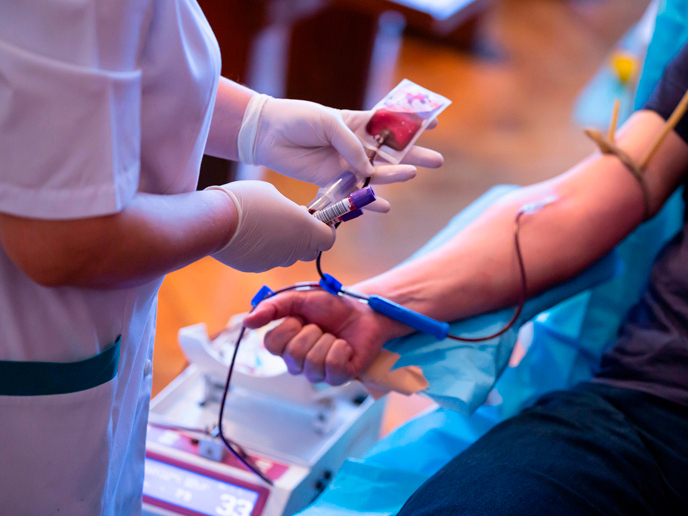Elucidating the MAPK pathway
The EU-funded MAPKMOOD project studied the MAPK pathway using animal models and cell cultures. For these studies, researchers developed oestrogen receptor T2 (ERT2) fusion proteins to permit reversible gene activation and inhibition on administration of the drug 4-hydroxy-tamoxifen (4OHT). The activities of extracellular signal-regulated kinases (ERKs) and MAPK phosphatases (MKPs) were also studied on stimulation with 4OHT and phorbol 12-myristate 13-acetate (PMA). Cell lines with specific mutations in proteins (Braf, V637E and K519M) were generated with ERT2 to form fusion proteins permitting external gene modulation with 4OHT. The BrafV637E–ERT2 cell cultures showed highly increased levels of activated, phosphorylated ERK1 and ERK2 (pERK1/2) on administration of 4OHT. PMA with 4OHT administration lowered pERK1/2 activity in MAPK pathways of the BrafK519M–ERT2 cell cultures, whereas treatment with PMA alone restored ERK activation. Immunostaining confirmed the stimulatory and inhibitory role of OHT in the MAPK signalling pathway. Similar results were obtained in the fibroblasts expressing the fusion proteins MKP1C258S–ERT2 or MKP1WT–ERT2. These experiments conclusively demonstrated that ERT2 fusion proteins can reversibly control MAPK signalling and kinase enzyme levels using 4OHT. MAPKMOOD scientists successfully produced double-transgenic mice models by crossing the BrafV637E–ERT2 mice with Nestin-Cre and Rosa-cre mice for in vivo testing. The BrafV637E–ERT2 x Nestin-cre mice expressed the BrafV637E–ERT2 fusion proteins only in the brain, unlike the BrafV637E–ERT2 x Rosa-cre mice. Activated ERK1 and ERK2 levels were seen after 4OHT treatment at different time points, with a return to baseline after 24 hours that was confirmed by western blotting analysis. As expected, BrafV637E–ERT2 x Nestin-cre mice showed strong expression of the fusion proteins only in the brain. The BrafV637E–ERT2 x Rosa-cre mice demonstrated strong activation of MAPK signalling in all the organs tested. In a nutshell, researchers successfully controlled MAPK signalling by regulating phosphatase activity and kinase enzyme levels at the cellular and nuclear levels with 4OHT treatment. A strong tool for studying acute or chronic kinase alteration effects in different developmental states, organs and cell lines has thus been produced. This will elucidate the role of MAPK functions in health and disease to provide novel targets for therapy.







